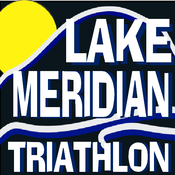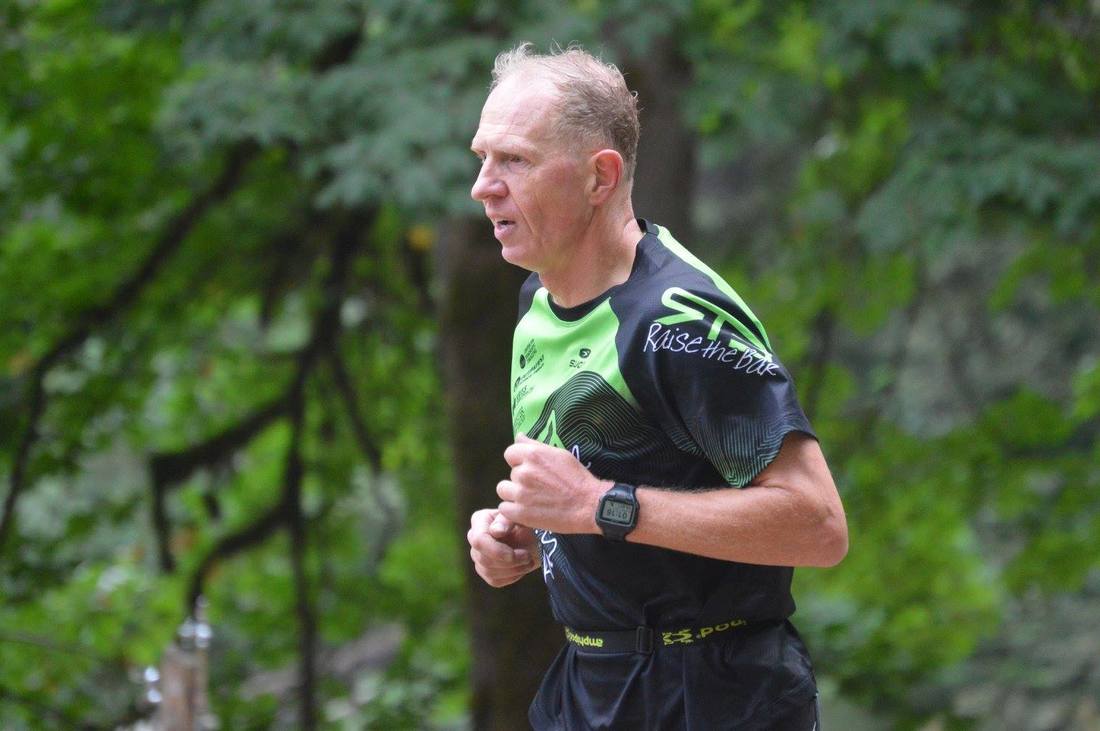 by Center for Diagnostic Imaging May is Osteoporosis Awareness and Prevention Month, and it’s estimated that two million bone fractures each year are caused by osteoporosis (decreased bone strength). As we age, the risk of a broken bone brings a more serious threat. A simple fall may result in a hospital stay; or worse, you may never regain the functionality or confidence you had before you were hurt. Many people never know they have osteoporosis because bone loss can be symptom-free until a fracture occurs. But there are several diagnostic methods used to spot osteoporosis in time for you to make important changes to protect your bones. Who needs a bone density scan? The best candidates for bone loss testing are men and especially women 50 and older, but some people with a family history of osteoporosis may need to be tested earlier. Some young athletes who suffer repeated stress fractures or cancer patients taking certain chemotherapy medications are also candidates for bone density screening tests. Excessive alcohol or tobacco use has also been linked to bone loss. Estrogen deficiency and breast cancer history are also contributing factors. Also, if you have a low body weight or do not get much exercise, you are at risk. If you checked any of those off, ask your doctor if bone density testing is right for you. DXA (or DEXA) exam A DXA (Dual-energy X-ray Absorptiometry) test is a go-to exam if you want to get a read on your bone density. It's a simple scan that doesn't typically require you changing into scrubs. During the 5-10 minute scan, you lie on your back as the scanner arm moves over you while a very low dose X-ray takes measurements of the bone mineral density in your hip bone. The DXA machine does have a weight limit of 300 pounds, and it's not the preferred exam for patients who have hardware implanted in their back or hips. Those patients are better suited for a QCT exam. To find out more about how DXA works, click here. QCT exam The QCT (Quantitative Computed Tomography) gives a 3-dimensional look at your bones. QCT is likely to detect low bone mass earlier than other bone mineral density exams such as DXA, thus allowing patients to make lifestyle changes or begin treatments earlier. That’s because this exam uses special 3D volume software that analyzes the soft bone, which is affected by bone loss earlier than hard bone. The exam is similar to the DXA routine, but it takes a little bit longer. To find out more about how QCT works, click here. Combating bone density loss Once you go through a QCT or DXA exam and if you confirm that you are suffering from a loss of bone density, there are things you can do to prevent breaking bones in the future. Stephanie Hord, CDI Technologist who does bone density testing on patients explains, “We can try to counteract osteoporosis and get ahead of it, then we can keep patients from having some of those injuries.” Calcium supplements can help or your doctor may recommend medications to boost bone density. Lifestyle changes can also help to protect your bones from breaks. Here are some tips from the National Osteoporosis Foundation: Stephanie says even taking steps like decreasing the amount of soda pop you drink can have a positive impact on your bone health. “If you have more bone density loss and you don't take care of it early on, you may have future problems,” Stephanie tells her patients. So talking to your doctor and monitoring bone density loss with DXA or QCT every few years can make a difference.
Center for Diagnostic Imaging is a sponsor for Raise the Bar. Learn more at myCDI.com/WA.
0 Comments
 By Phillip Kriss D.C./Kriss Chiropractic It’s not all about who finishes first or the fastest. I have been around triathlons, running and biking events from 2007 to the present. The best part of it has been the people I met in the process. There have been thousands of people I would not have crossed paths with had I chose to sit around and watch TV, eat doughnuts and complain more than I do now. Many of the people were, and some still are, on a bent of high performance. They may be or have been pushing hard to go to Kona or Boston. Some have made it to the big shows, many have not. It is entertaining to me now to see how people do change in some regards. For sure, we have gotten older. And change into doing things that are different, yet still active and fun. Unfortunately, some are roadkill either by choice or health issues. I have seen people I used to see at ironman events and marathons doing silly things like riding mountain bikes. A gravel event? What is all that about? Some say they would be happy even if they never toed the start line again. And there are those who attempt to go out for a casual ride or run and have it turn into a heart pounding pain fest because they can’t let competitiveness go. Like sharks that smell blood in the water (like in Nemo) they lose control and the race monster comes out. They just gotta have the upper hand. The next race is coming up and a PR is on their horizon. The good news is we are all still buddies and doing different crazy things together. Racing and training together has led us all to make friends and form a community with those we would not have even met! And the better news is over the years we have become tight buds that support each other in different ways.
“Don’t stop thinking about tomorrow” - Fleetwood Mac. Make new plans and take steps to move forward. “Reflect with joy on all past events and see the blessings in them” - Charlie Ward, D.C. .Not so many years ago, I looked at triathlon results to see how fast I'd need to be to achieve my own goals, move up in my age group, not get trampled (as much) by a stampede of runners, etc. These days I'm more race director than triathlete and spend a weird amount of time sifting through your results and how you, as a group, move about the course. This study of spreadsheets helps us configure things like wave starts, turnarounds, and when to have the pancakes ready. But while looking at the data for those elements, you notice other things. And here recently I noticed how specific athletes jump around in the standings based on your times in each of the 5(!) legs of the race. Here's today's excel sample: The Men of the 2017 Lake Meridian Sprint Triathlon. The chart below shows the Top 10 men and the top 5 finishers highlighted in different colors. It shows them at every critical point of the race: Swim exit, T1 exit, T2 exit, and finish. See anything interesting? Want to win a triathlon? Work on your bike and run, and don't poopoo transitions - because they matter - at least in this very small sample of one Raise the Bar triathlon. Wondering if it's any different in the women's field? So was I. It seems the women have a bit less sporadic path to the podium (at least on this day) Here you go:  I thought the most interested thing here was that Kelsey Morfitt - who ended up 3rd overall - doesn't show up in the top 10 until she gets back to T2 in 4th! ..and picked up another place on the run on her way to the podium. Kudos to you, Kelsey! There's no substitute for strong cycling and running. Sorry Swimmers. :( Of course the shorter the distance, the more important transitions are. If that's the case, the overall Olympic results shouldn't be affected as much by transition times - which does turn out to be the case and you can see that on the LMT Results from last year Here. Wondering who had the fastest combined Transition times? Me too! Andrew Richards who ended up 2nd overall had the fastest with a combined time of 1:33. HOWEVER, 46-year old Clare Osborn beat up on all but the top 3 male finishers with a combined time of 2:04. Clare - you are the hero of this blogpost. There are a lot of cool things you get to be a part of when you help put races together - and we're looking forward to sharing those with you on Mondays this season in a "Race Director University" series. Where lessons are taught NOT in a clinic, I assure you, but by making changes (and mistakes), and looking closer, and trying hard to give you the best experience on race day. We welcome your feedback and suggestions! Thanks for racing at the RTB events - we are in full swing getting ready for you and we know you are doing the same. Wishing you Happy & Injury-Free Training! Patty Swedberg & the RTB Event Staff 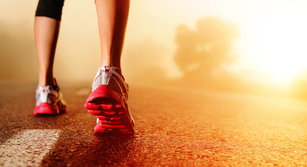 By Holly Pennington, PT, DPT/Outpatient Physical Therapy Last week, I guiltily swam laps on a sunny Wednesday at noon. If you have lived in the PNW for at least one winter-spring season, you can probably relate. As Northwesterners, we are uniquely positioned to wrestle with the question of indoors or out more than our friends to the east and south. Each rain-free moment begs to be savored - especially in May - so indoor lap swimming on a 75-degree day sent me spinning around in a confusion of sun-inspired shoulds: I really should be taking advantage of the sunny day. I should go for a run instead. After one too many guilty flip turns, I set out to put my shoulds to the test with this question: Is it really better to exercise outdoors? Thankfully, I’m not the first person to ask the question. A group of researchers compared the effects of indoor vs. outdoor exercise on physical and mental well-being of more than 800 adults in this systematic review. They found that exercising in natural environments was associated with greater feelings of revitalization and positive engagement, decreases in tension, confusion, anger, and depression, and increased energy levels. Surprisingly, the results suggested that feelings of calmness may be decreased following outdoor physical activity. Those who exercised outdoors also reported greater enjoyment and satisfaction with the activity and said they were more likely to repeat it at a later date. Their findings serve as a good reminder to identify our specific workout goals - including psychological ones - when facing the inside/outside dilemma. But, what about performance? Are there training benefits to running outdoors, riding on actual pavement and open water swimming? The basic Principle of Specificity suggests that if the race is in a lake, you need to train in a lake. And numerous studies outline the physiological differences between running, riding and swimming inside vs. out. For example, researchers at the University of Nebraska report that outdoor cycling allows cyclists to train at higher intensities as compared to indoors. When comparing treadmill and outdoor running, one study found that a 1% treadmill grade is needed to approximate the energy cost of running outdoors. And the differences between open water and lap swimming are perhaps the most obvious: no breaks in stroke for flip turns, attire, underwater visibility, water temperature, and more. However, the truth about inside vs. out is complicated: choosing the sun is not always best. Technique workouts – focusing on running or swimming form – are best reserved for the controlled conditions that lap pools and treadmills provide. And science often overlooks fundamental, practical factors athletes must consider such as time and convenience – a drive to the lake for a swim is just not always feasible. Finally, our bodies are a lot like our minds – repetition with variation is the most efficient way to learn and grow. This means that running the same 5-mile loop in the neighborhood over and over again is not better than mixing things up with a treadmill workout here and there. To grow faster and stronger, muscles need new and varied stressors that may be best introduced indoors. Like most difficult questions, the answer to the indoor/outdoor dilemma depends on your goals. Start with considering how you want to feel during and after your workout, then step back and take a look at the bigger picture of your overall training: Is it time to work on technique? Are you in a rut or in need of a change in scenery? Finally, whatever we choose on a given day, we must remind ourselves of this uncomplicated truth: the sun will come again, even when it’s May in Seattle. Is a nagging ache or pain keeping you out of the sun? Call an Outpatient Physical Therapy clinic near you for a free injury assessment (no referral needed). Visit www.outpatientpt.com for location and contact info. |
Raise the BarRace reports, upcoming events, news, and more, from RTB. Archives
September 2023
|
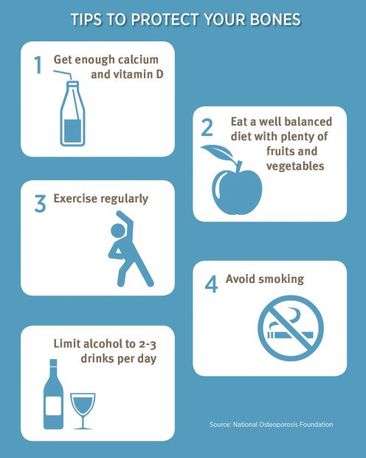

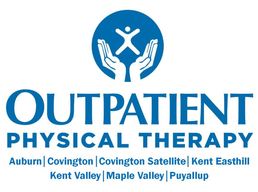
 RSS Feed
RSS Feed
